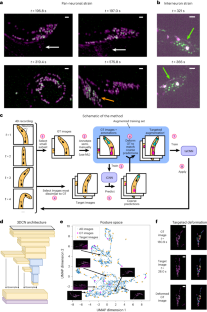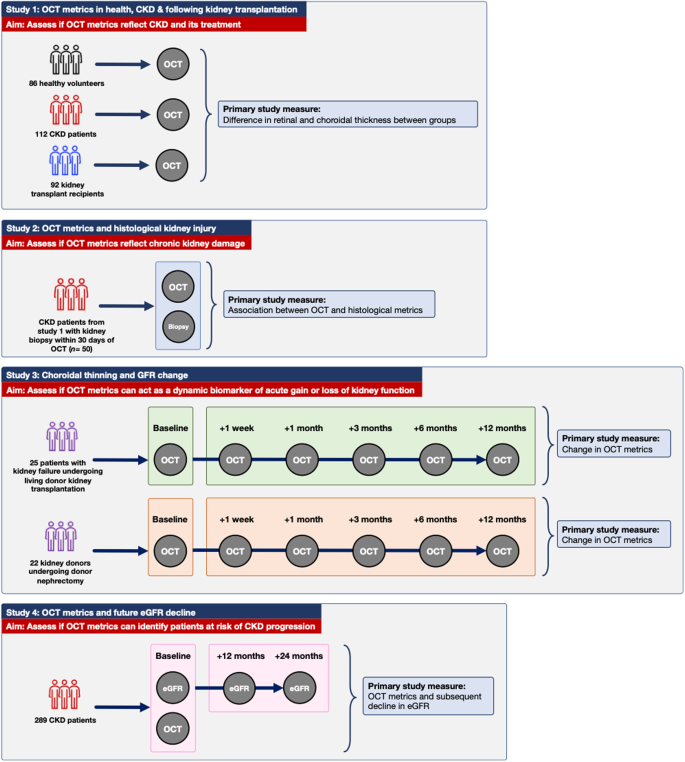2023-12-06 スイス連邦工科大学ローザンヌ校(EPFL)
◆この手法では、手動のアノテーション作業を軽減するために「ターゲットされたオーグメンテーション」と呼ばれる新技術を導入し、脳の内部変形を学習して新しいポーズのためのアノテーションを自動的に生成します。この手法は柔軟で、画像内のニューロンを個々のポイントまたは3Dボリュームとして識別でき、線虫Caenorhabditis elegansでのテストにおいて複雑な行動を明らかにしました。手動作業の削減により、脳イメージングの効率向上が期待され、ニューラル回路と行動の研究を加速する可能性があります。
<関連情報>
- https://actu.epfl.ch/news/enhanced-ai-tracks-neurons-in-moving-animals/
- https://www.nature.com/articles/s41592-023-02096-3
ディープラーニングと標的増強法を用いた、動いて変形する線虫内部のニューロン追跡の自動化 Automated neuron tracking inside moving and deforming C. elegans using deep learning and targeted augmentation
Core Francisco Park,Mahsa Barzegar-Keshteli,Kseniia Korchagina,Ariane Delrocq,Vladislav Susoy,Corinne L. Jones,Aravinthan D. T. Samuel & Sahand Jamal Rahi
Nature Methods Published:05 December 2023
DOI:https://doi.org/10.1038/s41592-023-02096-3

Abstract
Reading out neuronal activity from three-dimensional (3D) functional imaging requires segmenting and tracking individual neurons. This is challenging in behaving animals if the brain moves and deforms. The traditional approach is to train a convolutional neural network with ground-truth (GT) annotations of images representing different brain postures. For 3D images, this is very labor intensive. We introduce ‘targeted augmentation’, a method to automatically synthesize artificial annotations from a few manual annotations. Our method (‘Targettrack’) learns the internal deformations of the brain to synthesize annotations for new postures by deforming GT annotations. This reduces the need for manual annotation and proofreading. A graphical user interface allows the application of the method end-to-end. We demonstrate Targettrack on recordings where neurons are labeled as key points or 3D volumes. Analyzing freely moving animals exposed to odor pulses, we uncover rich patterns in interneuron dynamics, including switching neuronal entrainment on and off.


